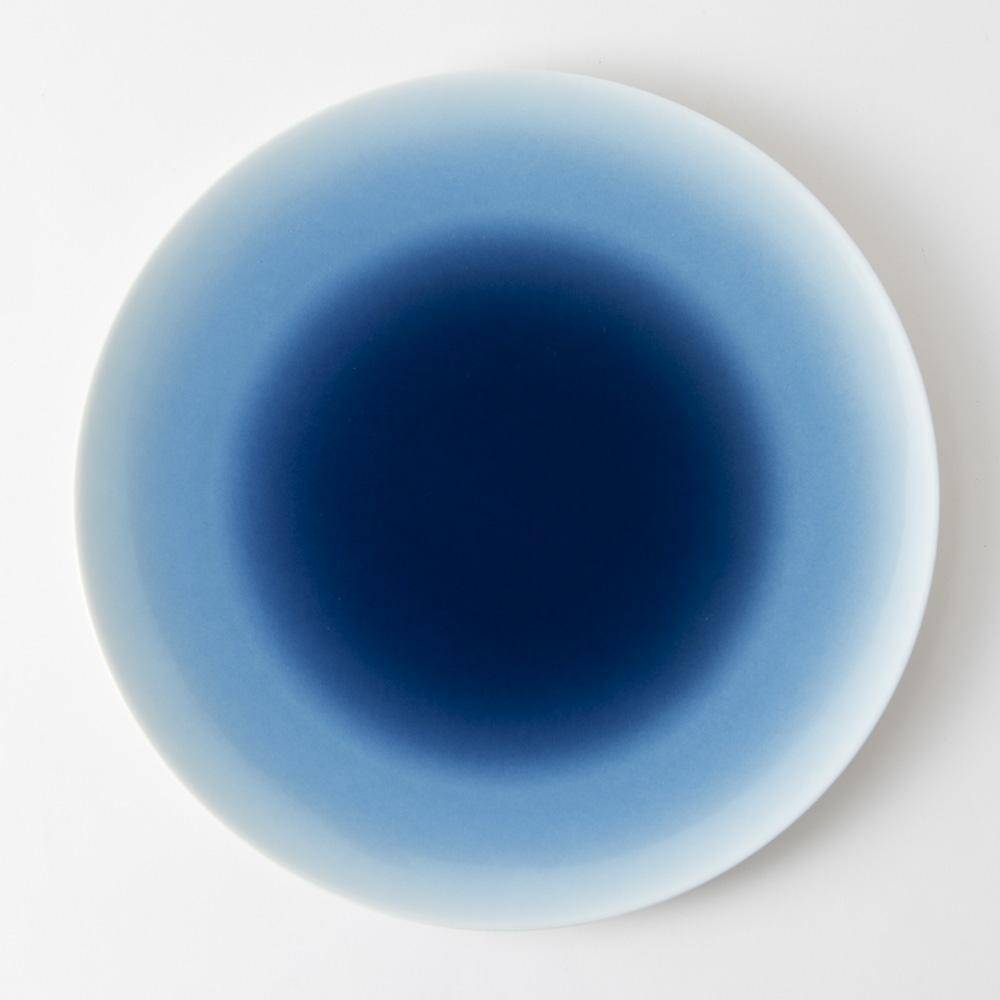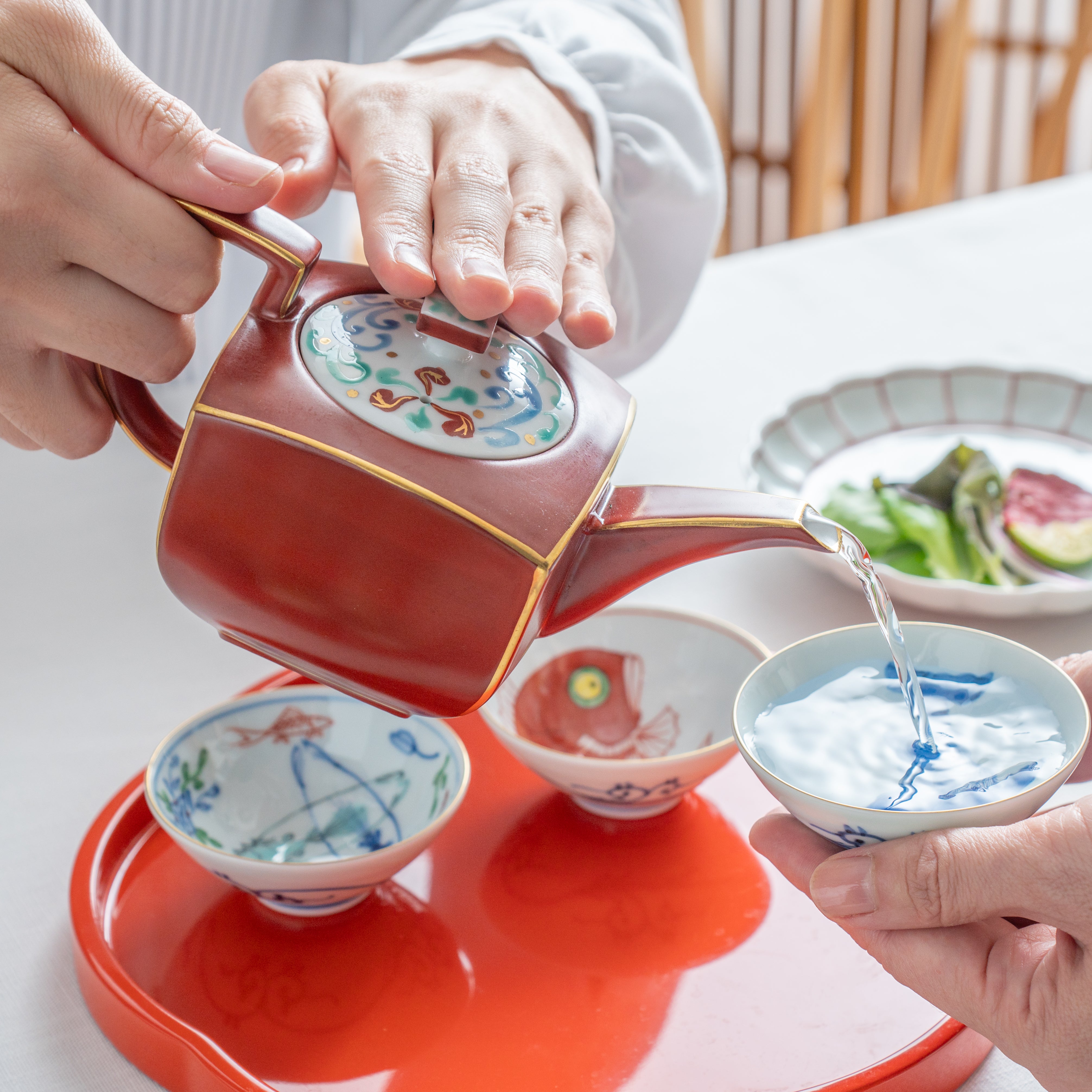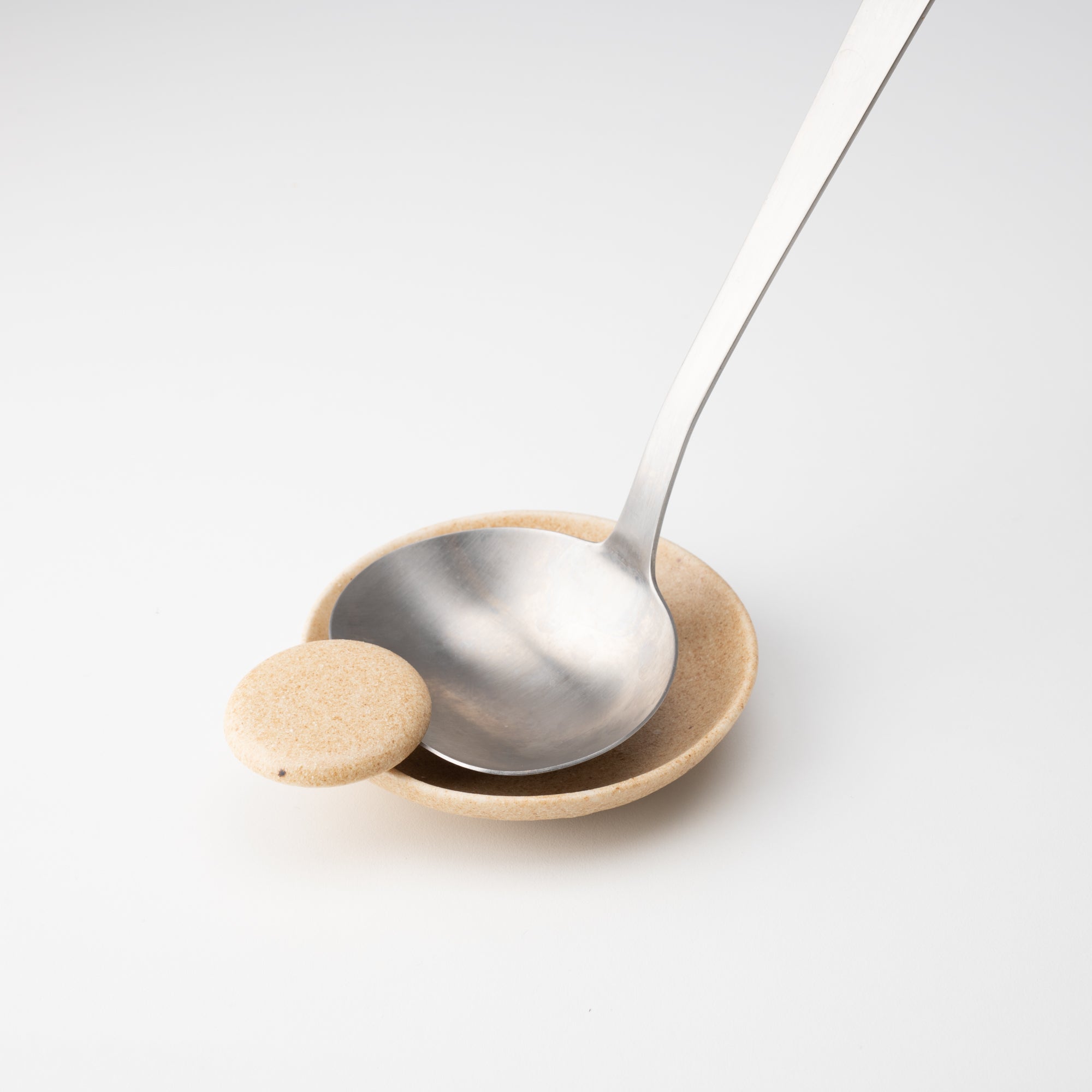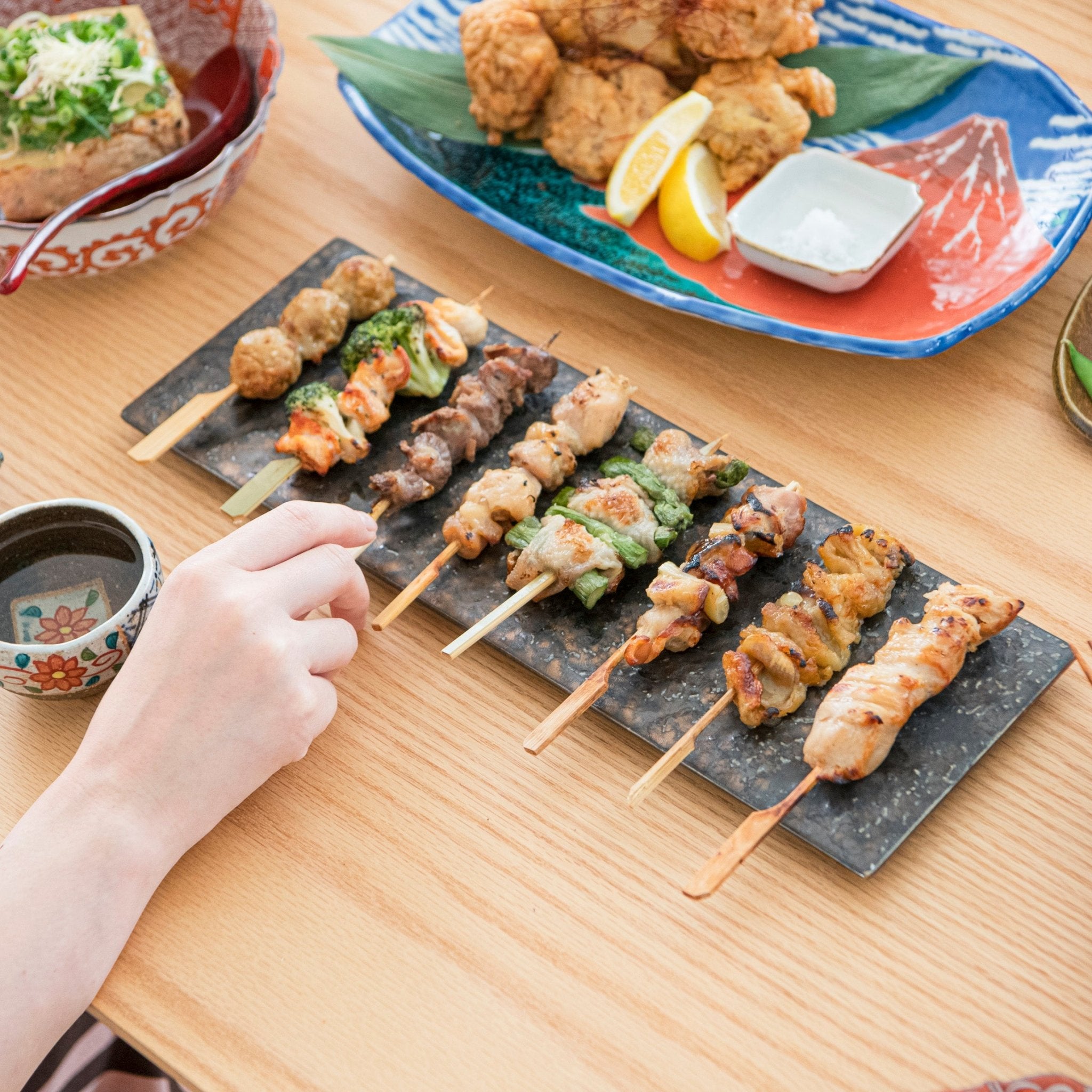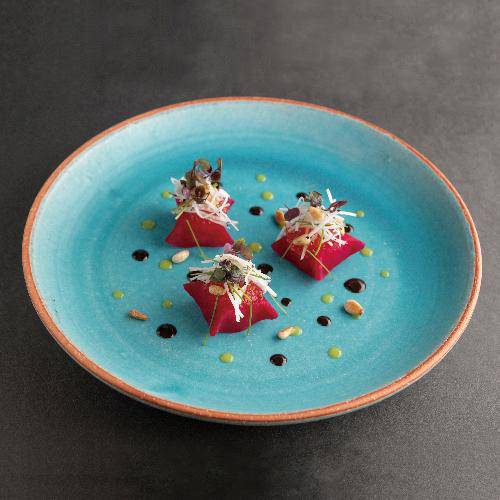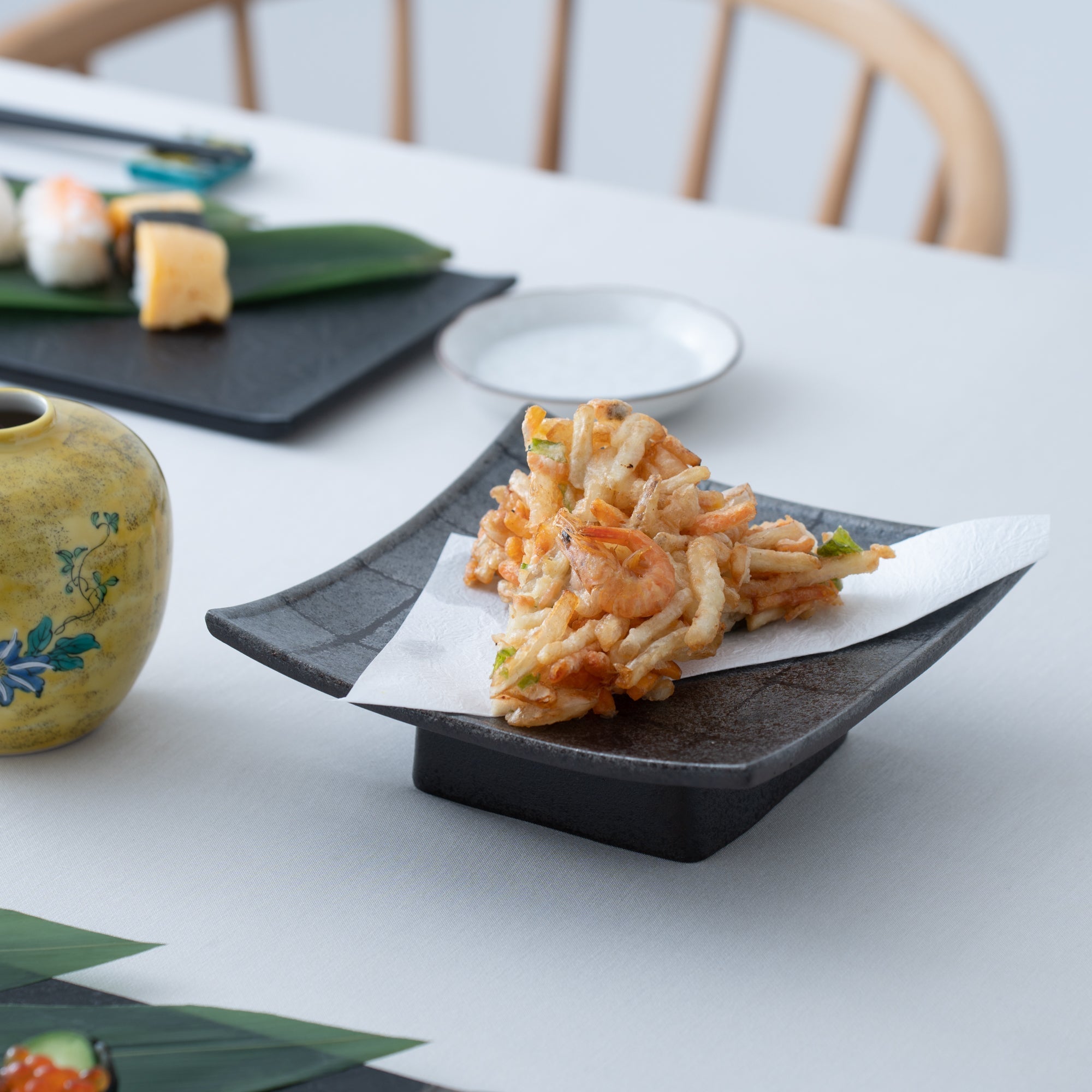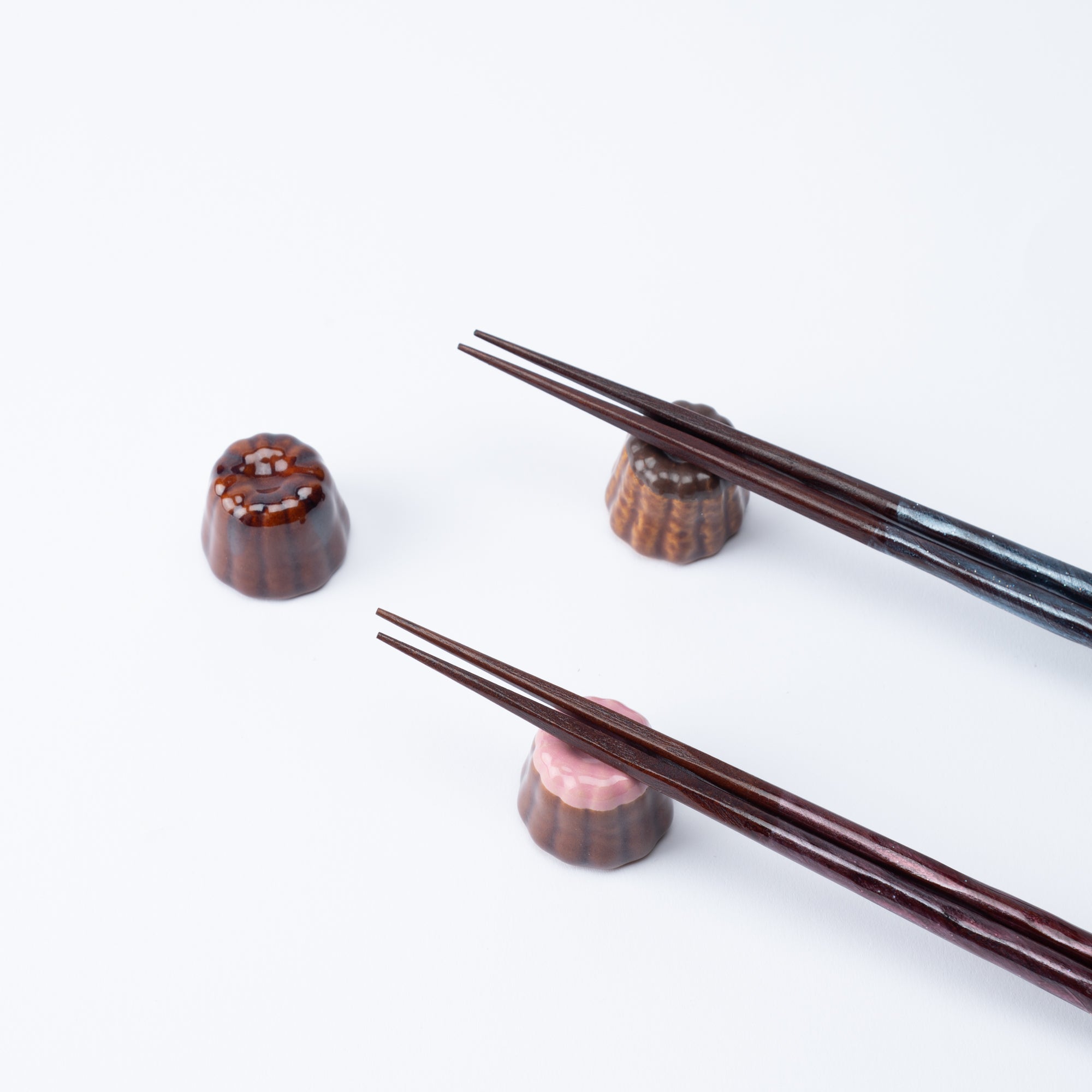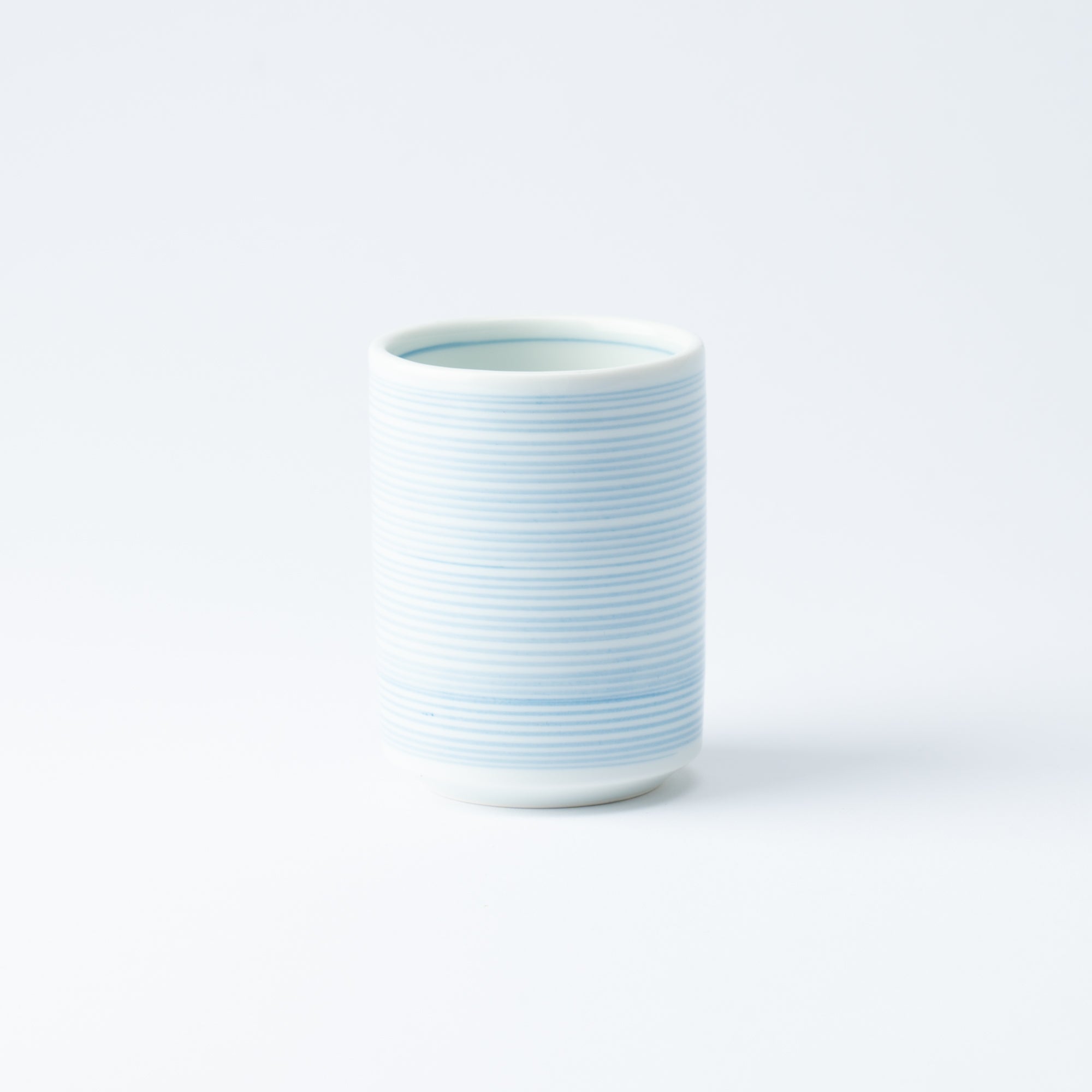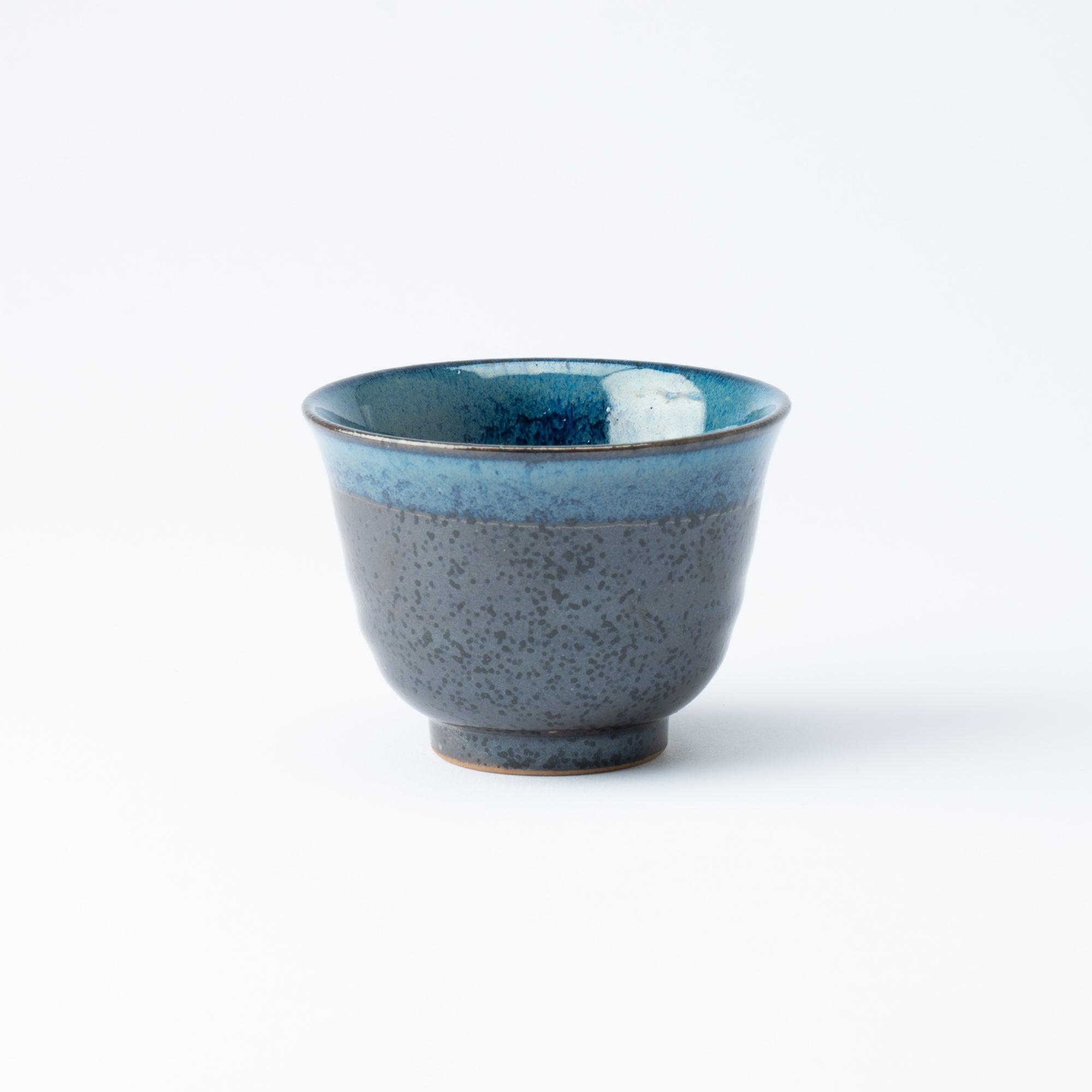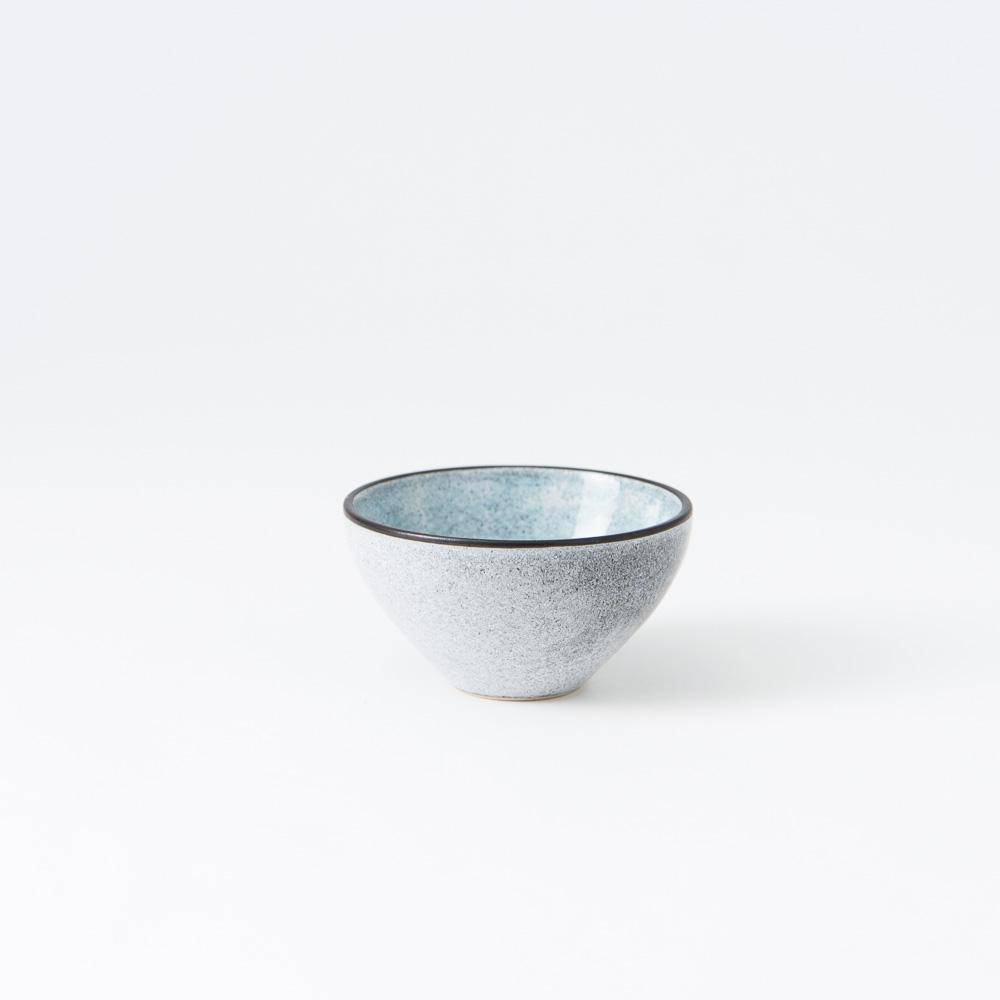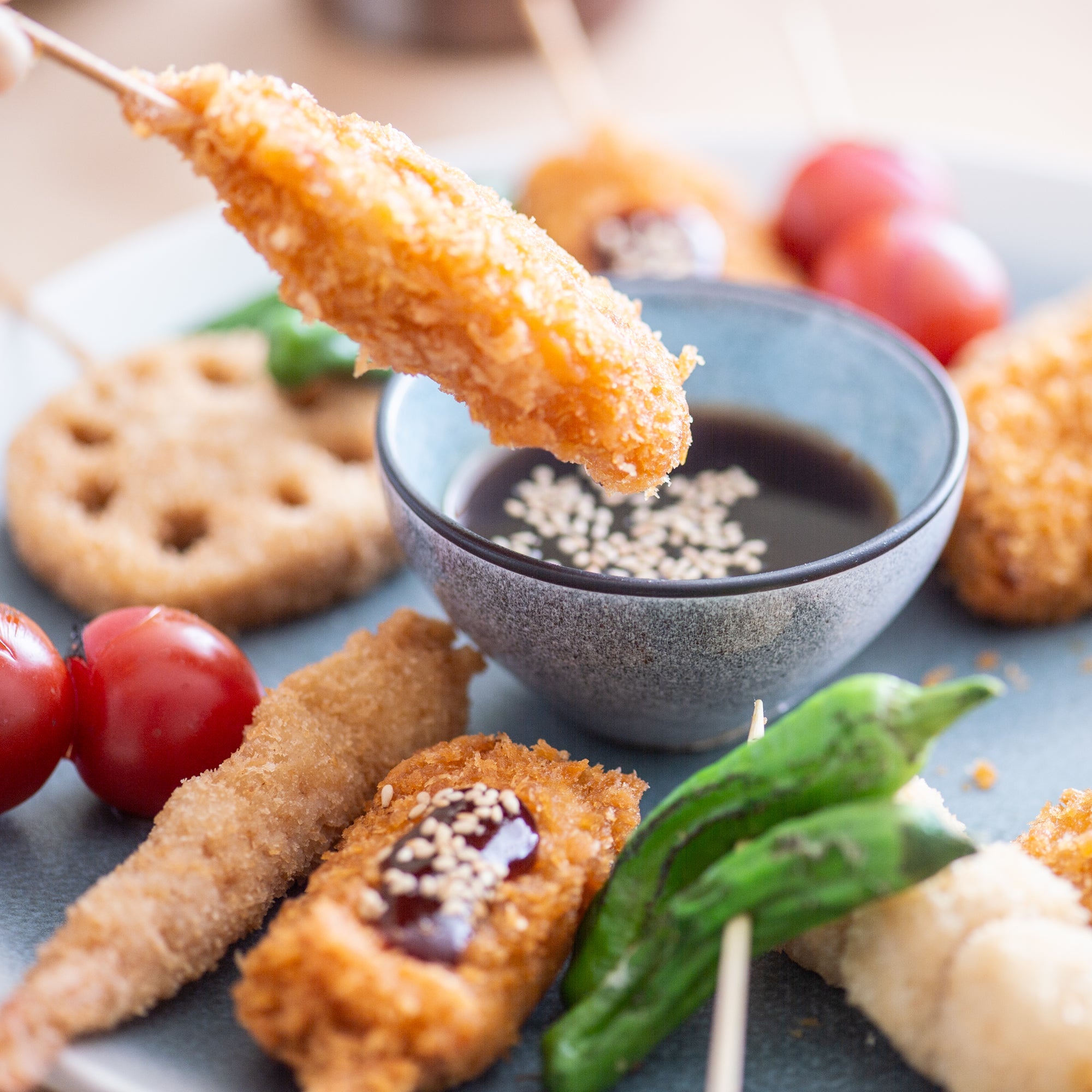
Mino Ware
Mino ware, crafted in Gifu Prefecture's Tono region, is renowned among Japanese pottery for its rich heritage and versatility. It features over fifteen distinct styles, making it more varied than many other Japanese ceramics.
Now accounting for over 50 percent of Japan's ceramic production, its popularity is unmatched. Designated as a traditional craft in 1978, Mino ware reflects a blend of historical depth and modern relevance, exemplifying exceptional craftsmanship.
Mino ware, named after the historical province of Mino (now part of Gifu Prefecture), has a history of over 1,300 years, beginning in the late Kofun period (7th century). Early production centered around sueki stoneware fired in anagama kilns built into mountain slopes in the Tono region.
By the Heian period (794–1185 CE), potters developed ash glazes using plant ash, creating early glazed ceramics. In the Muromachi period (1336–1573 CE), larger and more efficient ogama kilns appeared, allowing for more stable ash- and iron-glazed wares.
During the Azuchi-Momoyama period (1573–1603 CE), Mino ware flourished with the rise of the tea ceremony. Styles such as Ki-Seto, Seto-guro, Oribe, and Shino emerged, the latter named after samurai tea master Furuta Oribe. These vividly glazed, free-form wares marked the height of Mino-Momoyama pottery, known for its artistic innovation.

In the Edo period (1603–1868 CE), the use of noborigama kilns expanded production of both tea wares and daily-use ceramics. By the late Edo period, porcelain production began in Mino, enhancing its role in Japan’s ceramics industry.
From the Meiji period (1868 CE–1912 CE) onward, mass production techniques and decorative methods such as transfer printing enabled nationwide distribution and international export. In the 20th century, Mino also contributed to industrial ceramics and advanced technical applications.
Today, Mino remains Japan’s largest ceramics-producing region, responsible for over 50 percent of domestic tableware, blending tradition with modern innovation.
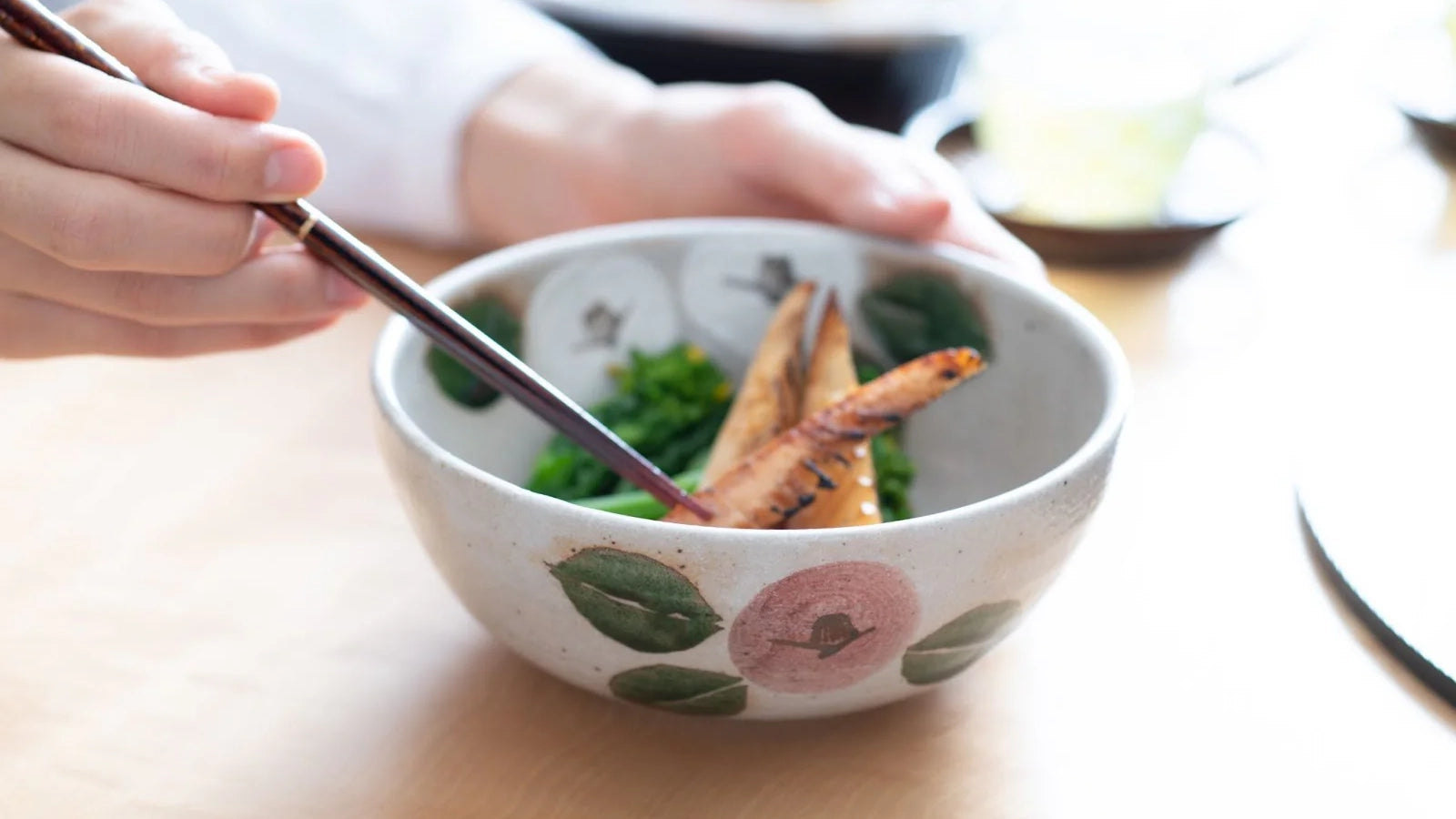
Oribe
Oribe ware was developed under the guidance of Furuta Oribe, a famed tea master and samurai who succeeded Sen no Rikyu. It is celebrated for its bold and unconventional aesthetic, reflecting the spirit of wabi sabi in its innovative forms.
The hallmark of Oribe ware is its deep green glaze, known as Oribe glaze, which exudes a rustic, earthy feel. This striking green coloration and asymmetrical design captivated tea practitioners of the time and continues to charm admirers today.
There are several variations of Oribe ware differentiated by decorative style and firing technique, including e-Oribe (painted Oribe), aka-Oribe (red Oribe), kuro-Oribe (black Oribe), Shino-Oribe, and Iga-Oribe.

Shino
Shino ware is one of the earliest styles of white-glazed pottery in Japan, originating during the Azuchi-Momoyama period. It is believed to have been developed under the influence of Shino Soshin, a tea master of the Muromachi period.
Characterized by its thick, milky-white Shino glaze, Shino ware often reveals subtle pinkish tones and fine surface kannyu or pores, giving it a warm and gentle texture. It uses coarser clay, and its soft color palette complements traditional tea ceremony aesthetics.
Variants include e-Shino (painted Shino), muji-Shino (plain Shino), aka-Shino (red Shino), nezumi-Shino (mouse-grey Shino), and nerikomi-Shino (marbled Shino).

Ki-seto
Ki-Seto ware is distinguished by its soft yellowish glaze, achieved using iron-rich materials that develop warm golden hues during firing. Though once believed to originate in Seto, archaeological findings confirmed it was produced in the Mino region.
The glaze sometimes incorporates touches of green from natural copper sulfate and is typically adorned with simple line or floral motifs. Its subtle, refined beauty offers a different mood from the boldness of Oribe or the softness of Shino, making it especially suitable for tea utensils and everyday tableware alike.
Its understated tone also enhances the visual appeal of food, adding to its enduring popularity in culinary presentation.
Image Source: ColBase (https://colbase.nich.go.jp/collection_items/tnm/G-4825?locale=ja)

Seto-guro
Seto-guro, meaning “Seto black,” is renowned for its jet-black luster, achieved through a unique high-temperature firing and rapid cooling technique. The pottery is removed from the kiln while still glowing hot and plunged into water to achieve its glossy black finish, a method known as hikidashi-guro.
The surface often features delicate crazing from thermal shock, adding character and depth. The dramatic black glaze and organic imperfections make Seto-guro a striking choice for tea bowls, where contrast and texture are highly valued.
Image Source: ColBase (https://colbase.nich.go.jp/collection_items/tnm/G-5228?locale=ja)

Related posts
Filters

















